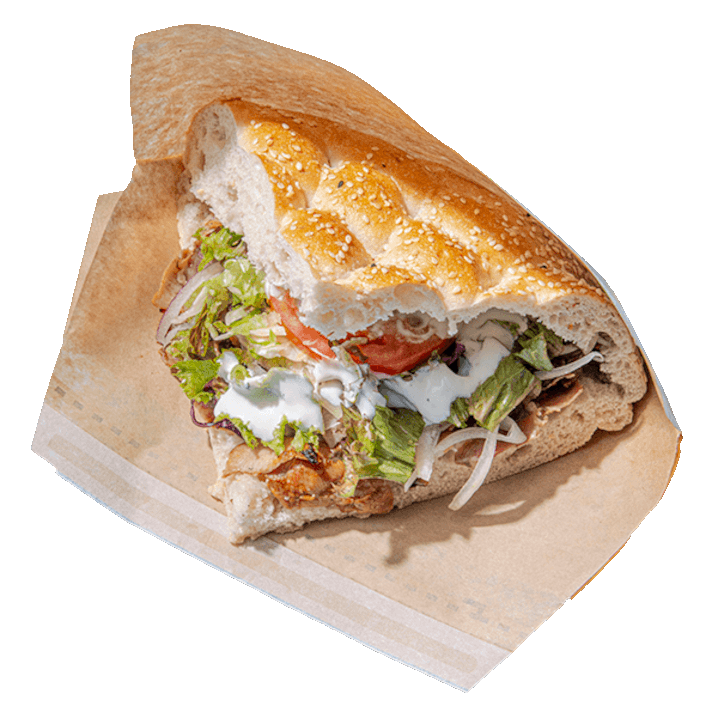11.08.2023 News
Agriculture and forestry Plants Plant breeding research
How powdery mildew outwits the defenses of plants
Plant researchers from Cologne have unraveled the molecular arms race in the evolution of plants and harmful fungi.
11.08.2023 News
Agriculture and forestry Plants Plant breeding research
Plant researchers from Cologne have unraveled the molecular arms race in the evolution of plants and harmful fungi.
15.08.2023 News
Chemistry Plants Agriculture sciences
The fungus Pandora cacopsyllae, which attacks the leaf fleas feared in orchards, could serve as a biological control agent in the future, according to a study.
21.08.2023 News
Chemistry unspecific Chemistry
According to a recent study, microplastic particles are not only blown by the wind, but also enter the atmosphere directly from seawater.
17.08.2023 News
Agriculture and forestry Plants Biotechnology/Systems biology
The cooling evaporation effect is reduced when plants shift their photosynthesis activity to the morning hours during a heat wave. The researchers have now been able to demonstrate this using satellite data.
11.08.2023 Studies and statistics
unspecific unspecific unspecific
Marine air worldwide contains microplastic particles that enter the atmosphere both from land sources and via seawater. A research team led by the Institute of Chemistry and Biology of the Sea (ICBM) at the University of Oldenburg conducted air sampling studies along the Norwegian coast to the Arctic.
25.08.2023 News
Agriculture and forestry Animals Biodiversity
Until 2010, biodiversity in European rivers was still recovering - since then, this development has stagnated. An international study shows that biodiversity is under pressure, especially downstream from urban areas and agricultural land.
23.08.2023 News
Chemistry Microorganisms Biotechnology/Systems biology
Giessen researchers have developed a new system for the tailored control of gene expression in bacteria. Bioplastics production would also benefit from this.
28.08.2023 News
Energy Waste Energy technologies
In the Leuna100 project, the partners involved want to combine technological innovations into a process suitable for industrial use.
01.09.2023 News
unspecific Microorganisms Biotechnology/Systems biology
Using micro-computed tomography, a research team has succeeded in observing the growth of mold cultures in the bioreactor in 3D.
04.09.2023 News
Energy Microorganisms Biotechnology/Systems biology
The fermentation of liquid fractions from residual materials such as liquid manure taps unused biomass potential.
07.09.2023 News
Chemistry Waste Biotechnology/Systems biology
Researchers at the University of Hohenheim develop a bio-based and recyclable plastic for food packaging from agricultural residues.
06.09.2023 News
Agriculture and forestry Plants Agriculture sciences
Bayer AG invests 220 million euros in a new research and development center at the Monheim site.
11.09.2023 News
Agriculture and forestry Plants Biotechnology/Systems biology
A pilot plant for the production of high-performance fibers from beech pulp went into operation at the Technikum Laubholz in Göppingen.
13.09.2023 News
Chemistry Microorganisms Biotechnology/Systems biology
Markus Jeschek, Professor of Synthetic Microbiology at the University of Regensburg, has received the European Research Council's 1.5 million euro ERC Starting Grant for the development of novel biosensors based on proteins and RNA.
19.09.2023 News
Agriculture and forestry Plants Agriculture sciences
Artificial shading could help breed better, higher-yielding varieties.
20.09.2023 News
Food Microorganisms Biotechnology/Systems biology
Heidelberg-based Cultivated B is the first company in the world to submit an application to the European Food Safety Authority (EFSA) for approval of a cell-based sausage product.
26.09.2023 News
Chemistry Microorganisms Biotechnology/Systems biology
With Darwinibacteriales, researchers in the EU Micro4Biogas project have identified a new group of anaerobic bacteria that could be the key to optimized biogas production.
21.09.2023 News
unspecific unspecific unspecific
Just in time for the UN Summit on Agenda 2030 in New York, the German Federal Ministry of Research has published its own sustainability strategy - and the bioeconomy plays an important role in it.

21.09.2023 Product
Consumables Plants
Kebabs to go are usually wrapped in aluminium foil. An award-winning innovative paper packaging offers a more sustainable solution.
27.09.2023 News
Agriculture and forestry Plants Plant breeding research
A European research network aims to optimize ozone tolerance, photosynthetic performance and stem quality in barley.